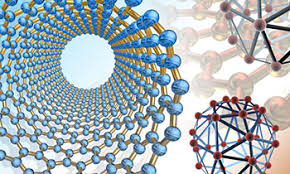Mechanical and Materials Engineering, Department of

Department of Mechanical and Materials Engineering: Faculty Publications
Document Type
Article
Date of this Version
12-2019
Citation
J. Acoust. Soc. Am. 146 (6), December 2019
doi:10.1121/1.5139220
Abstract
Ultrasonic scattering in polycrystalline media is directly tied to microstructural features. As a result, modeling efforts of scattering from microstructure have been abundant. The inclusion of beam modeling for the ultrasonic transducers greatly simplified the ability to perform quantitative, fully calibrated experiments. In this article, a theoretical scattering model is generalized to allow for arbitrary source and receiver configurations, while accounting for beam behavior through the total propagation path. This extension elucidates the importance and potential of out-of-plane scattering modes in the context of microstructure characterization. The scattering coefficient is explicitly written for the case of statistical isotropy and ellipsoidal grain elongation, with a direct path toward expansion for increased microstructural complexity. Materials with crystallites of any symmetry can be studied with the present model; the numerical results focus on aluminum, titanium, and iron. The amplitude of the scattering response is seen to vary across materials, and to have varying sensitivity to grain elongation and orientation depending on the transducer configuration selected. The model provides a pathway to experimental characterization of microstructure with optimized sensitivity to parameters of interest.
Included in
Mechanics of Materials Commons, Nanoscience and Nanotechnology Commons, Other Engineering Science and Materials Commons, Other Mechanical Engineering Commons


Comments
(c) 2019 Acoustical Society of America